Amira supports students across reading levels, including early readers, multilingual learners, and those needing intervention. Amira’s feedback and scaffolds are designed to match each learner’s developmental stage and instructional needs.
How does Amira work for students with accents and/or speech impediments?
Amira is designed with inclusivity in mind. Its AI models are trained on a wide array of speech samples, including different regional accents, dialects, and speech characteristics. Amira achieves this by listening for the intended reading skills, not just perfect pronunciation which reduces flags for dialect differences. And rather than flagging students for speech patterns, Amira instead responds to reading miscues that will impact comprehension, decoding, or fluency. Additionally, Amira has been evaluated for performance across dialects, multilingual learnings, and students with speech or language difficulties to ensure every student is supported.
Note: While Amira can accommodate a variety of speech patterns, it is not a diagnostic tool for speech or language disorders. Its role is to surface reading patterns, not replace SLP services.
.webp)
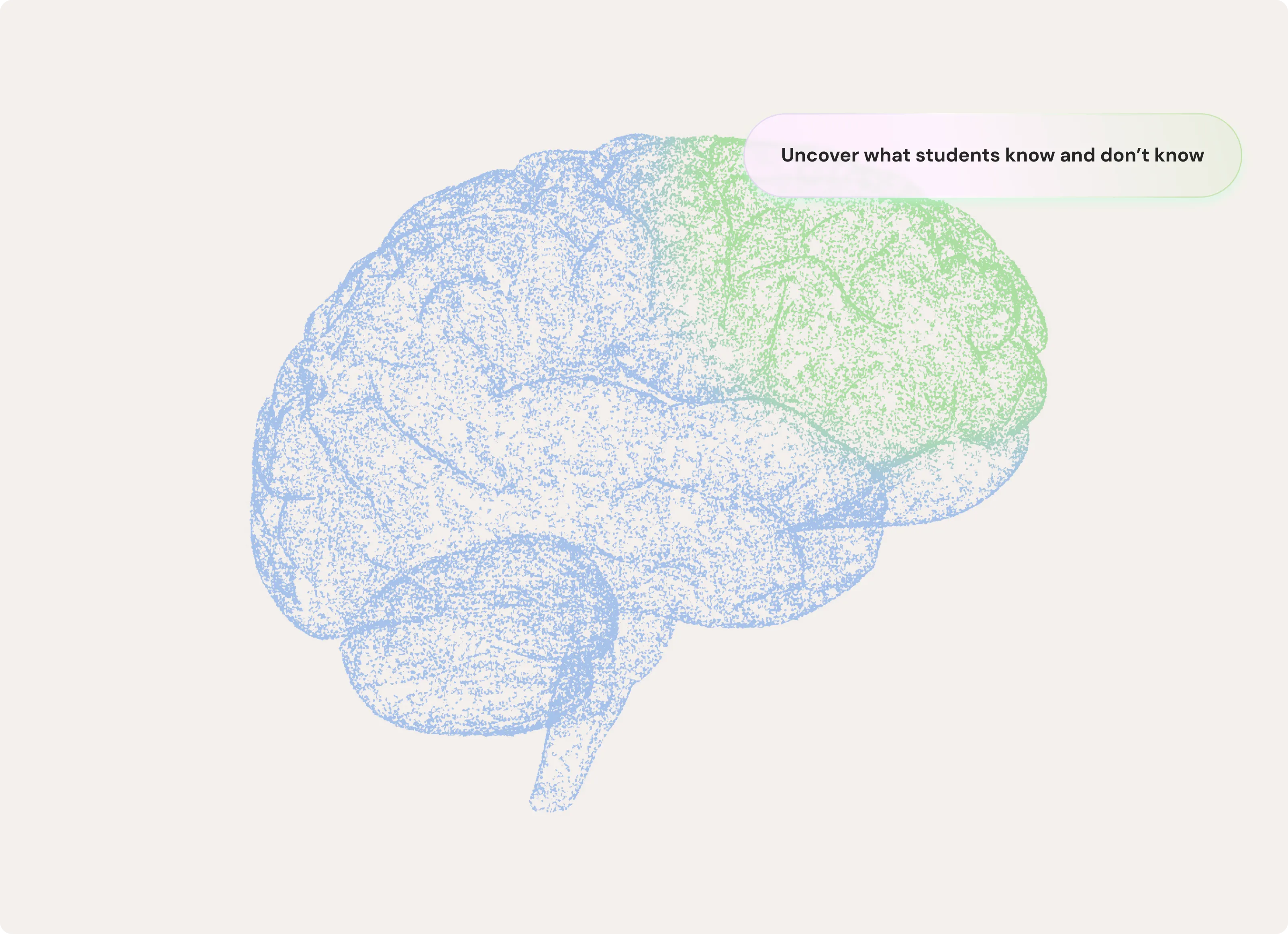
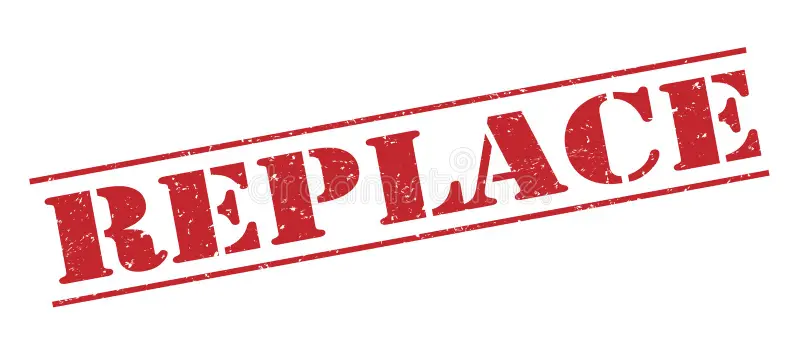

.webp)
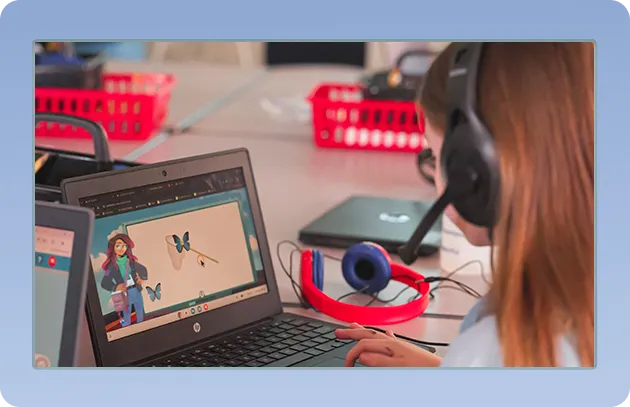
.webp)

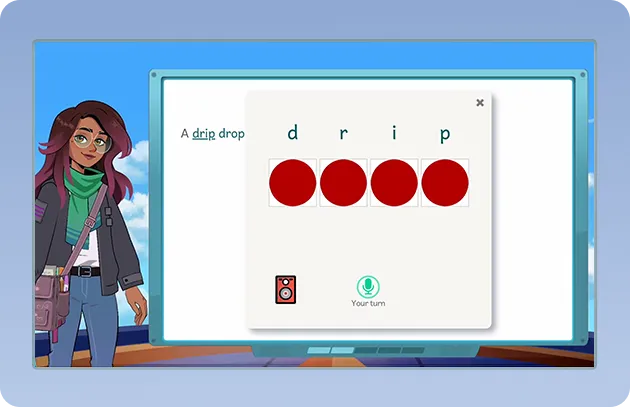
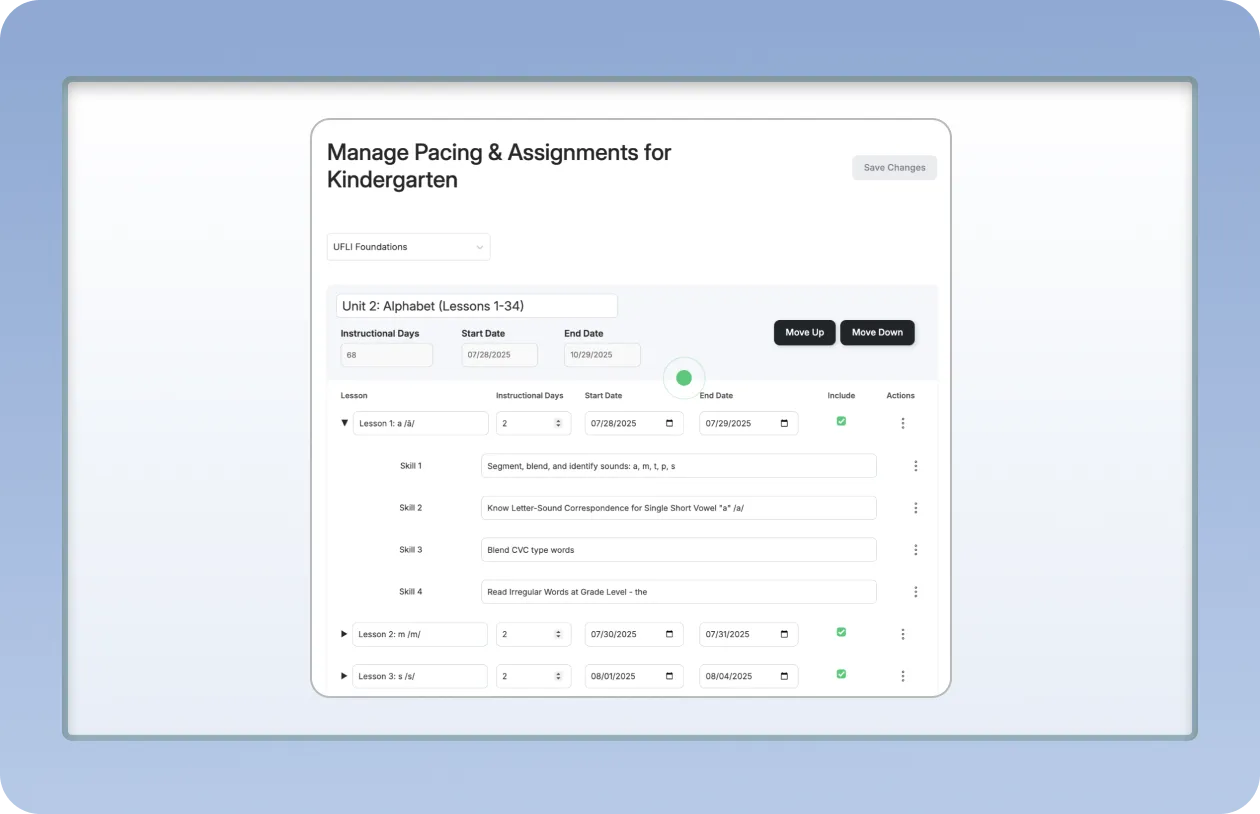
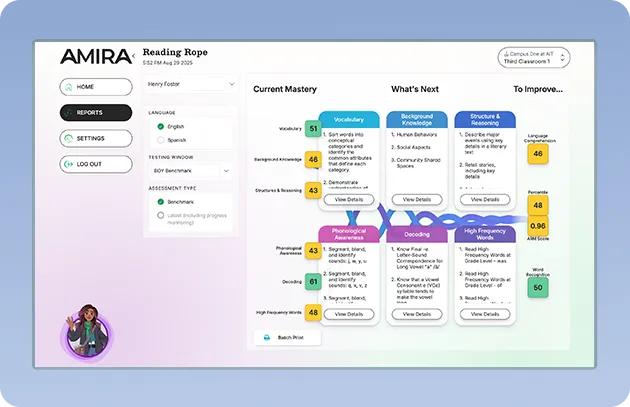
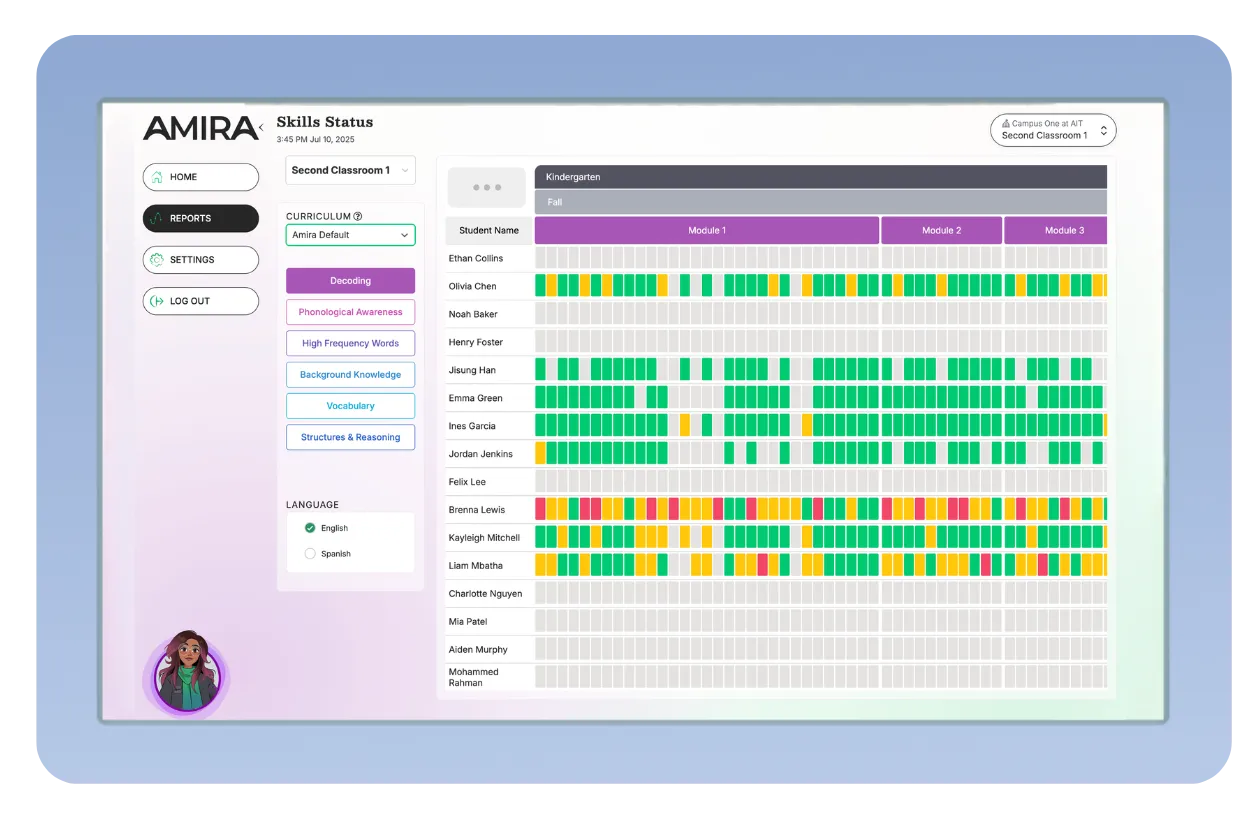






.avif)